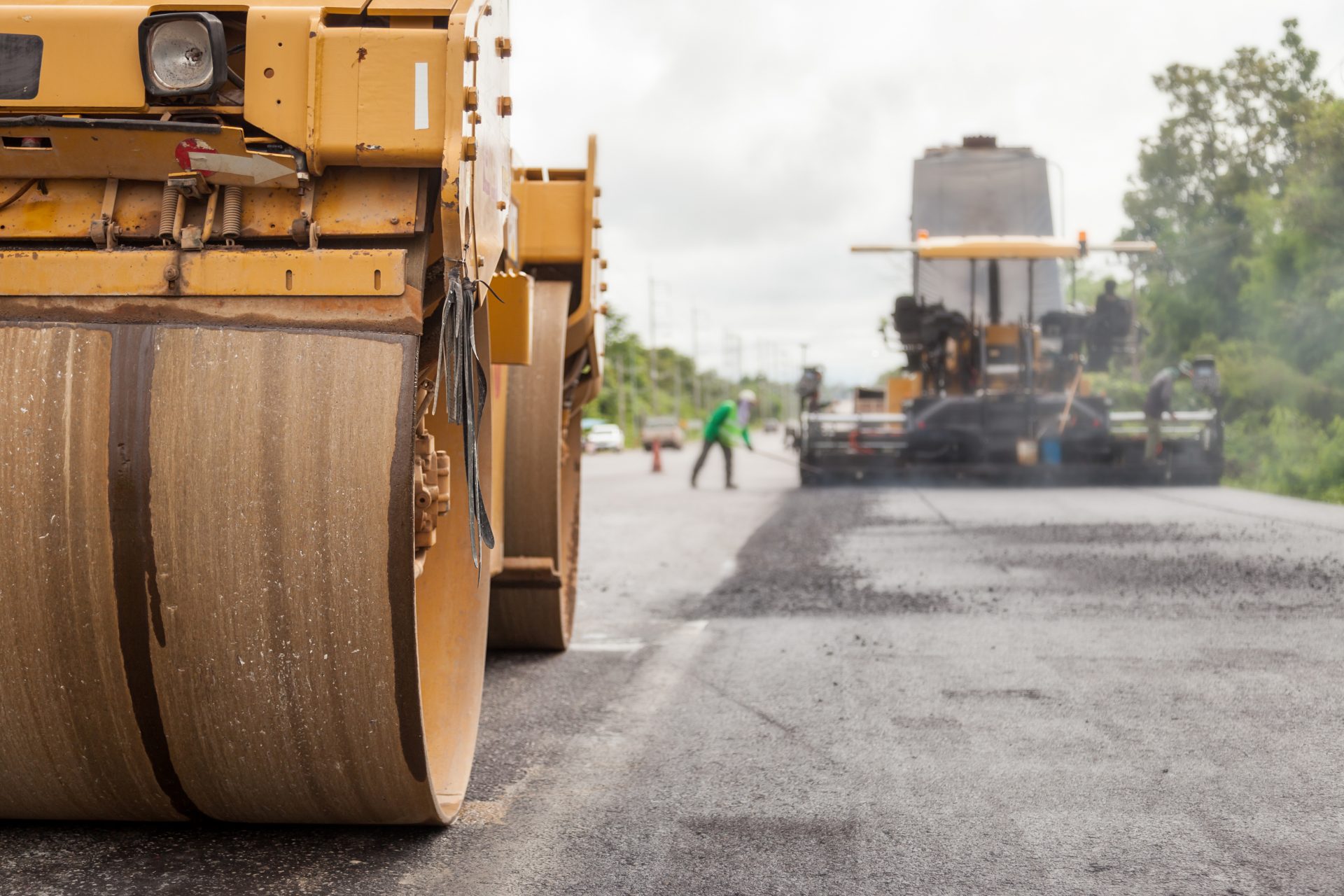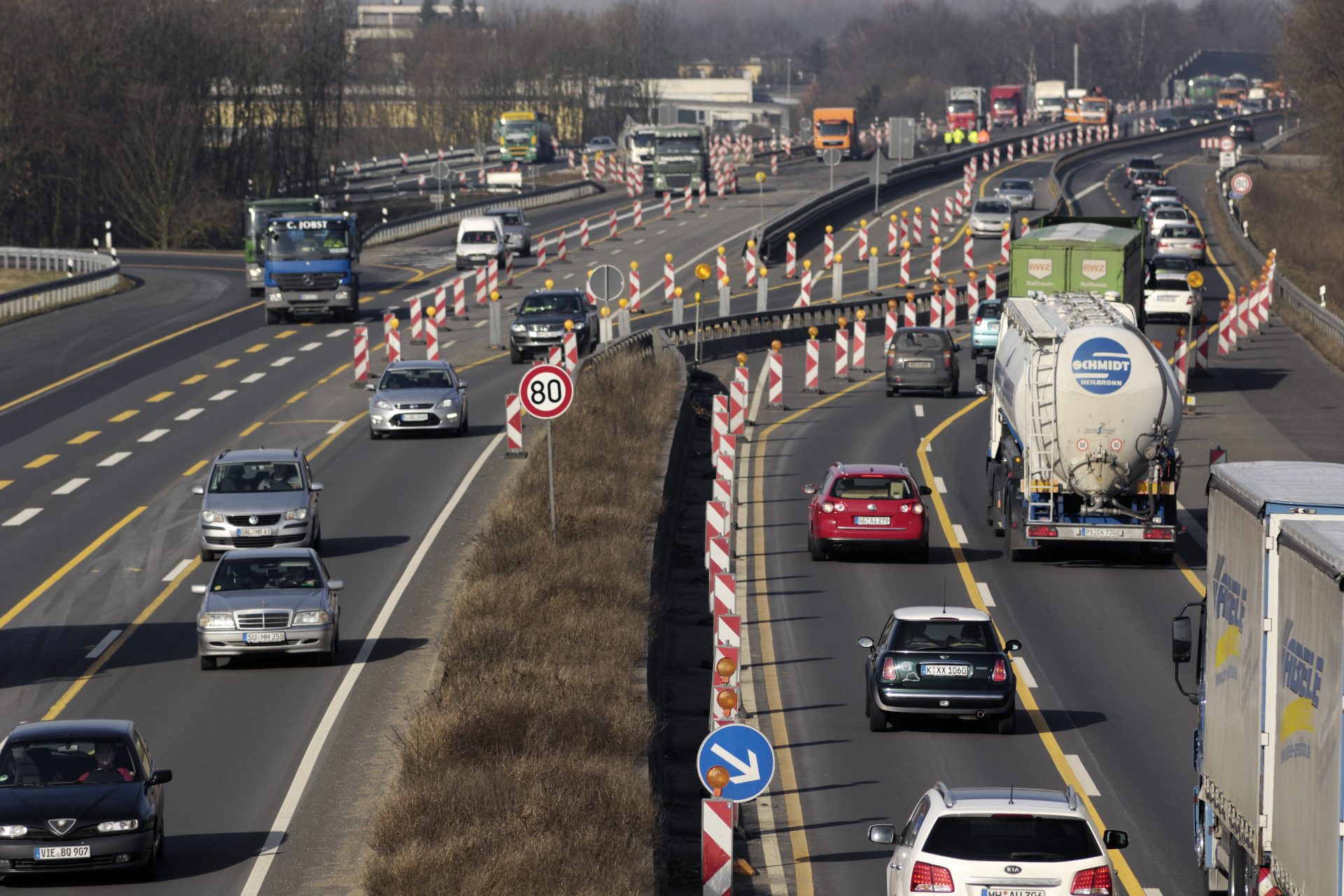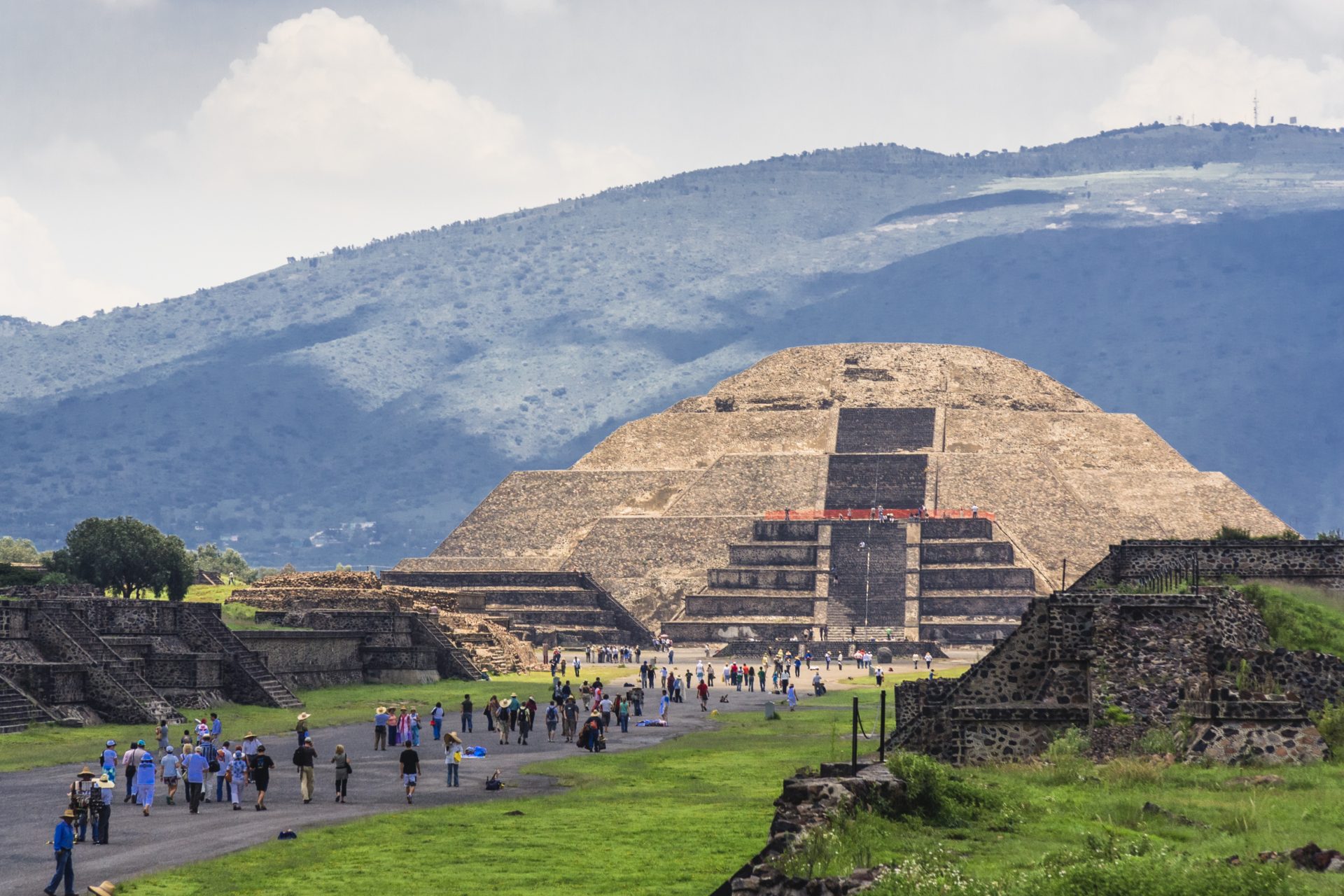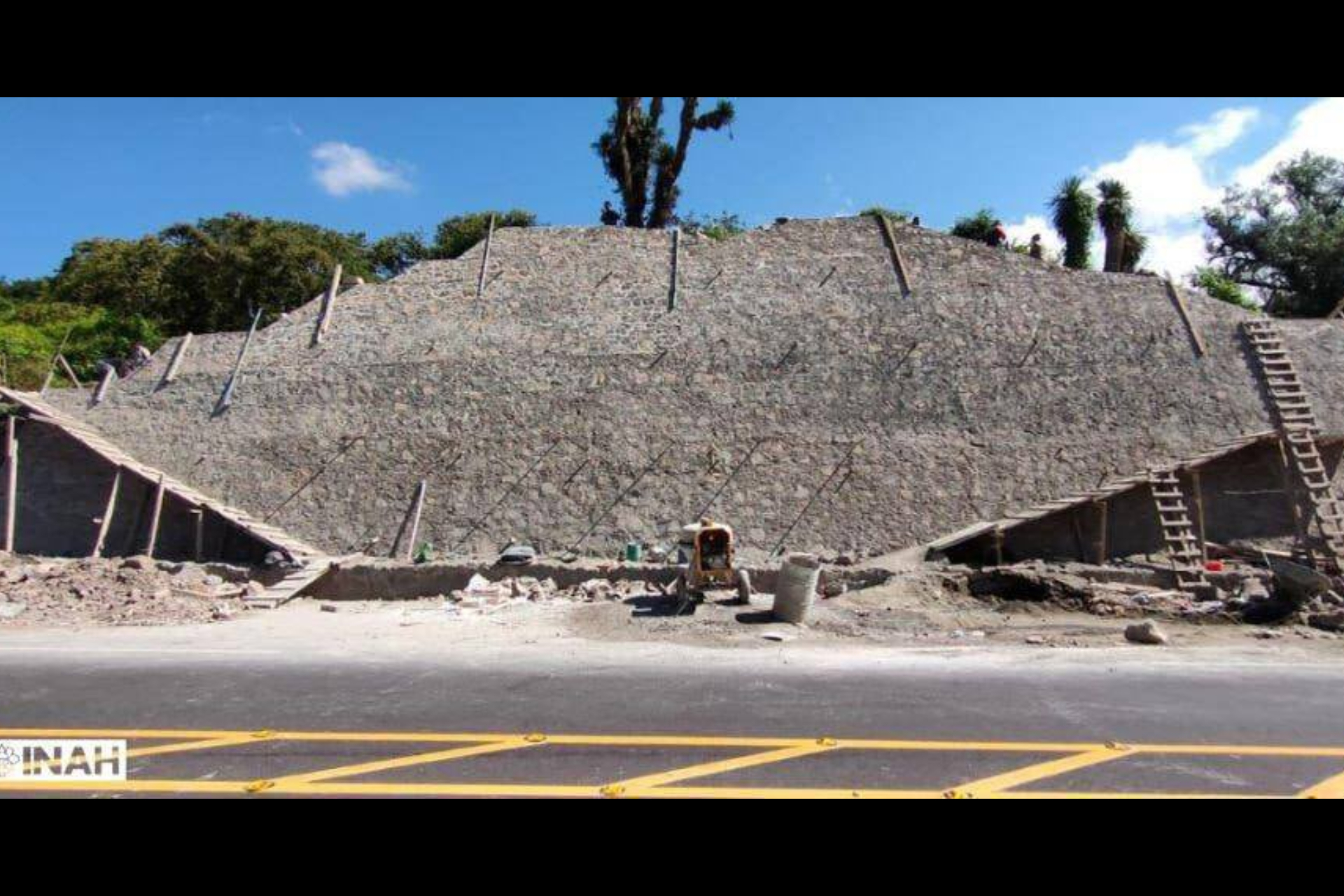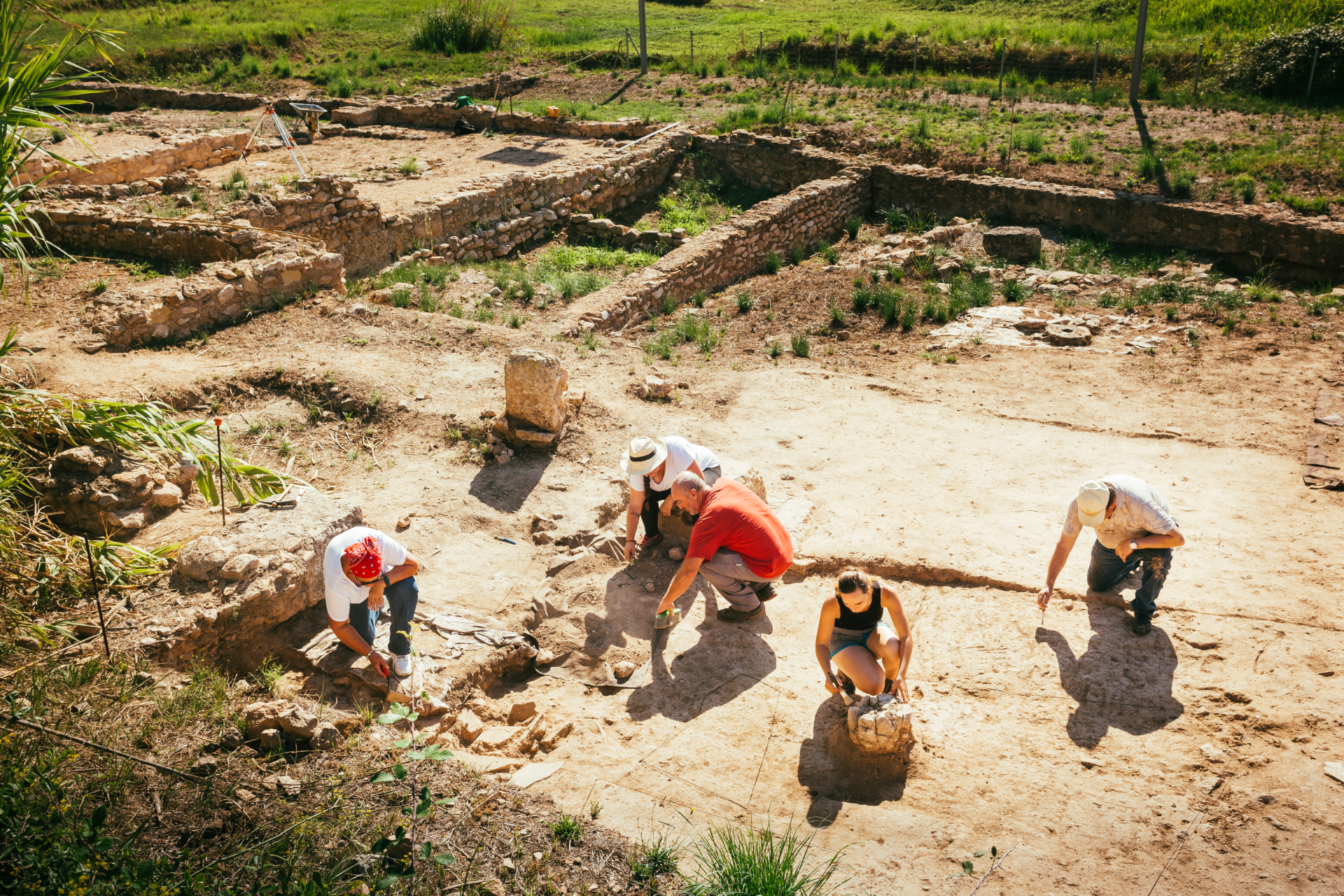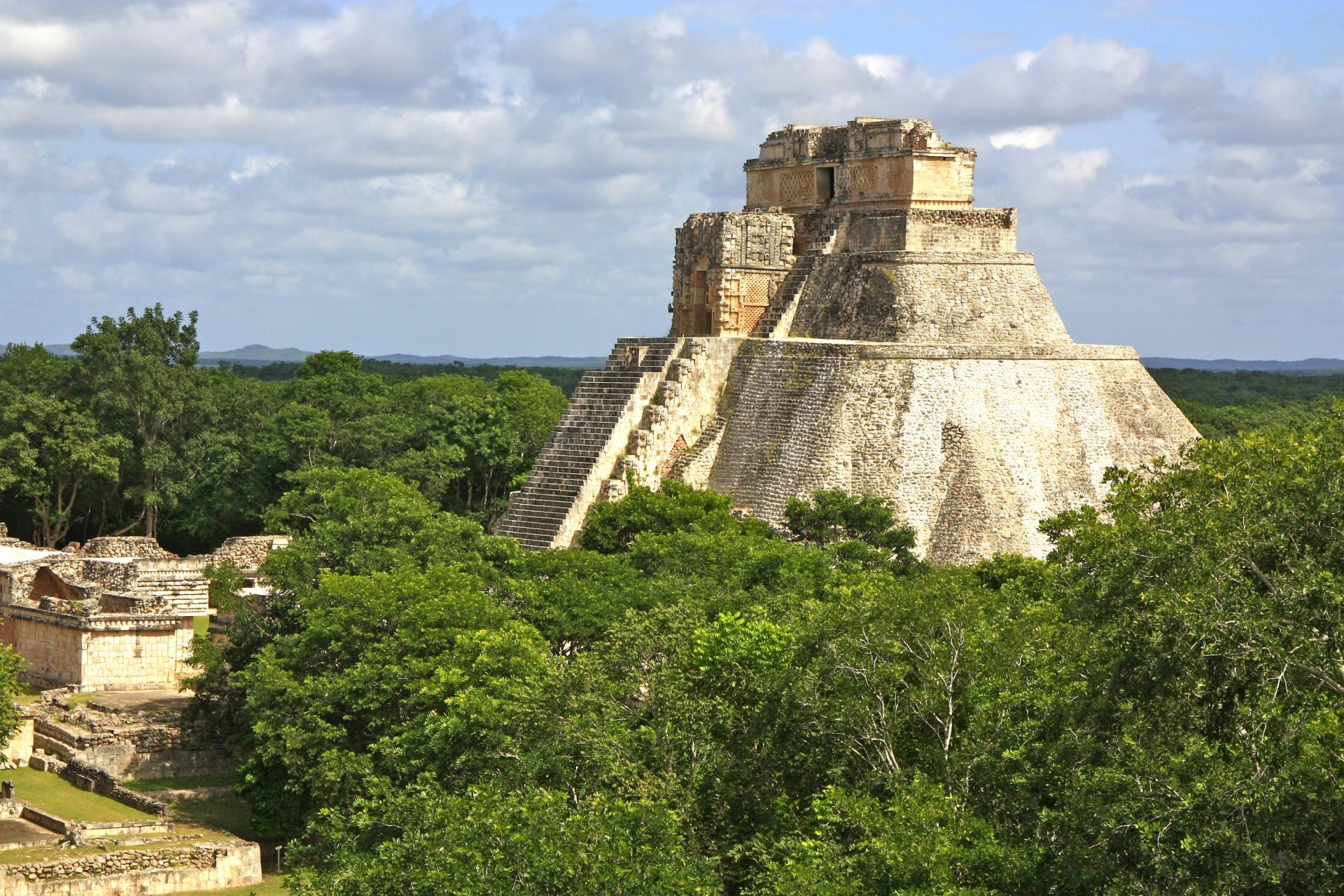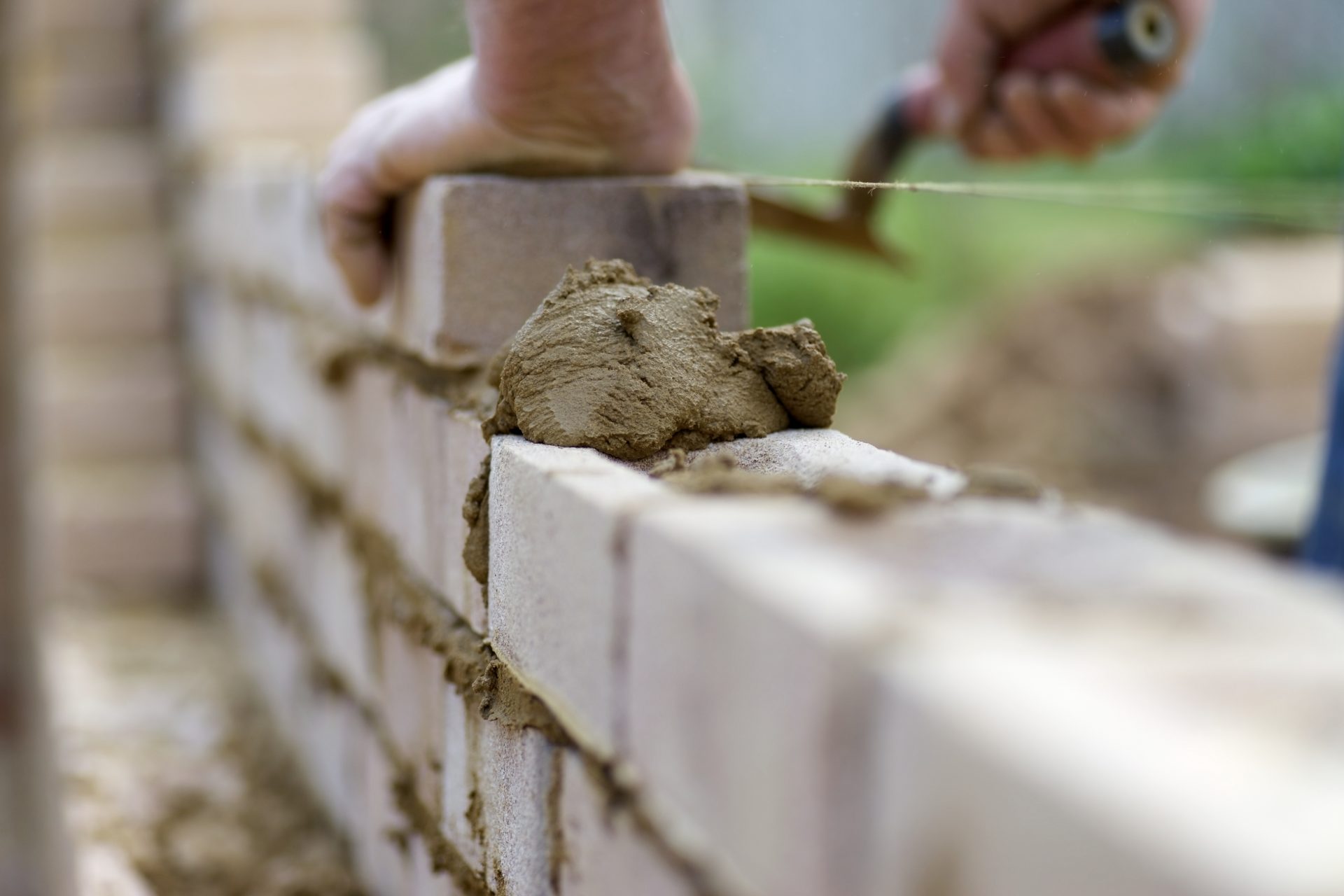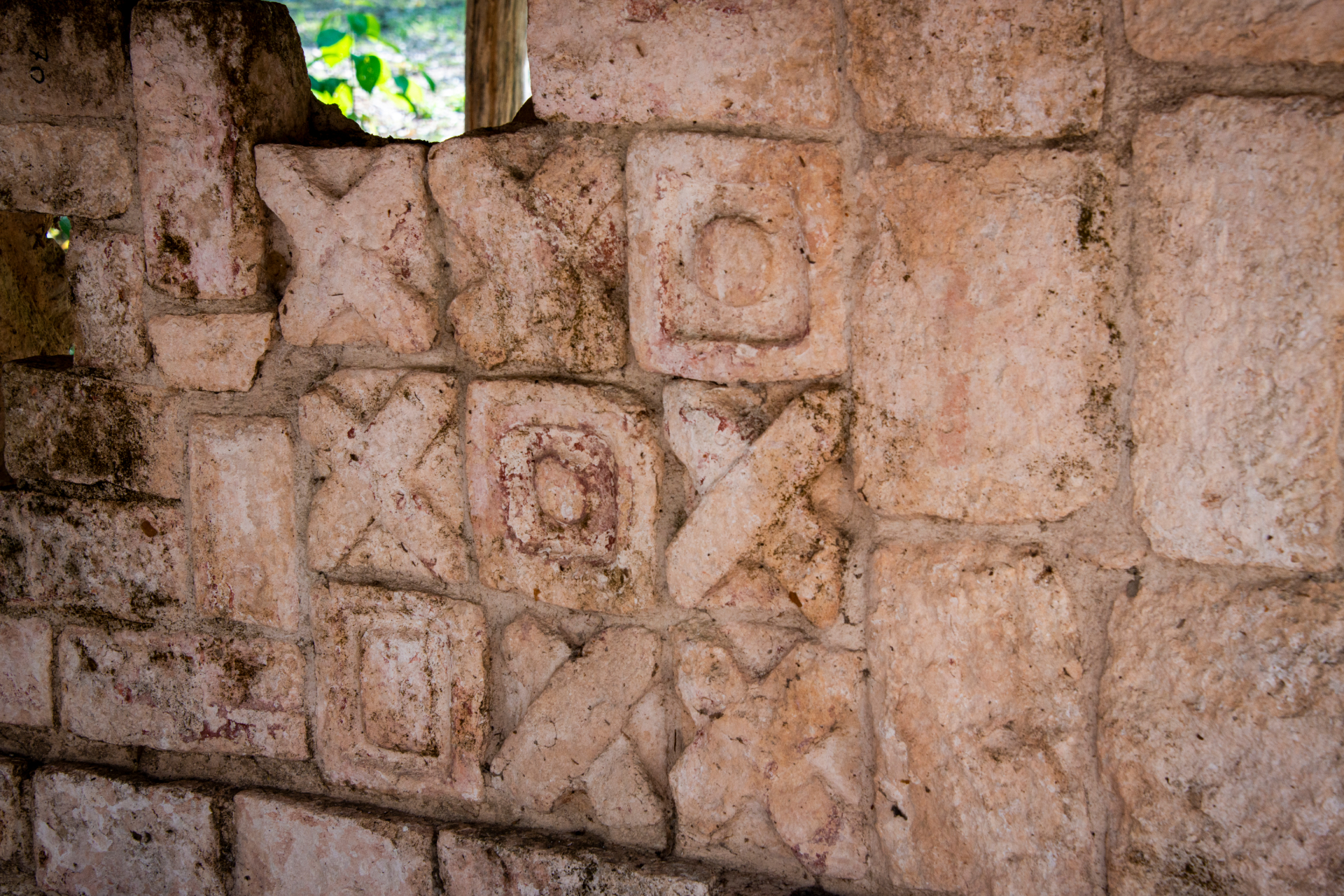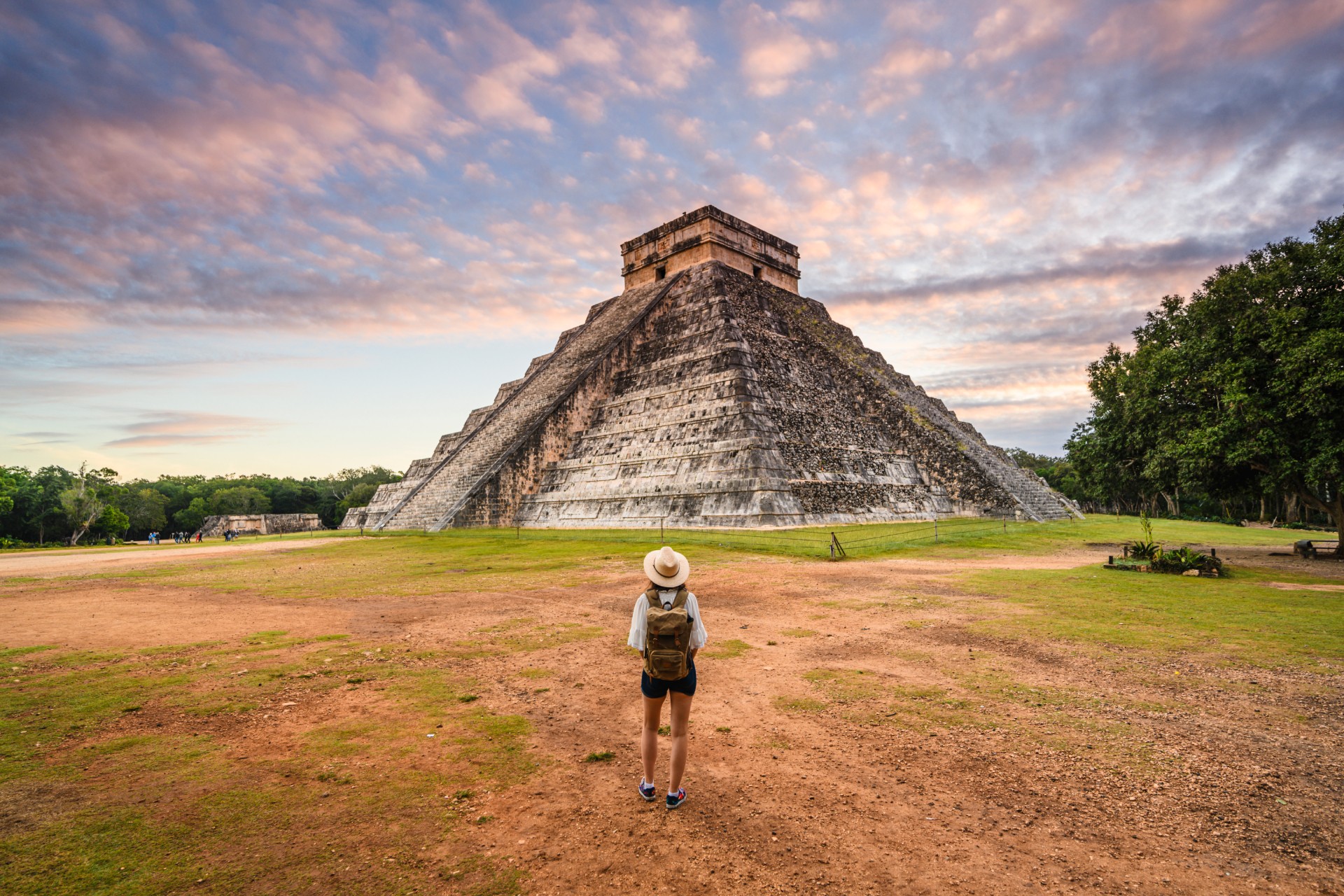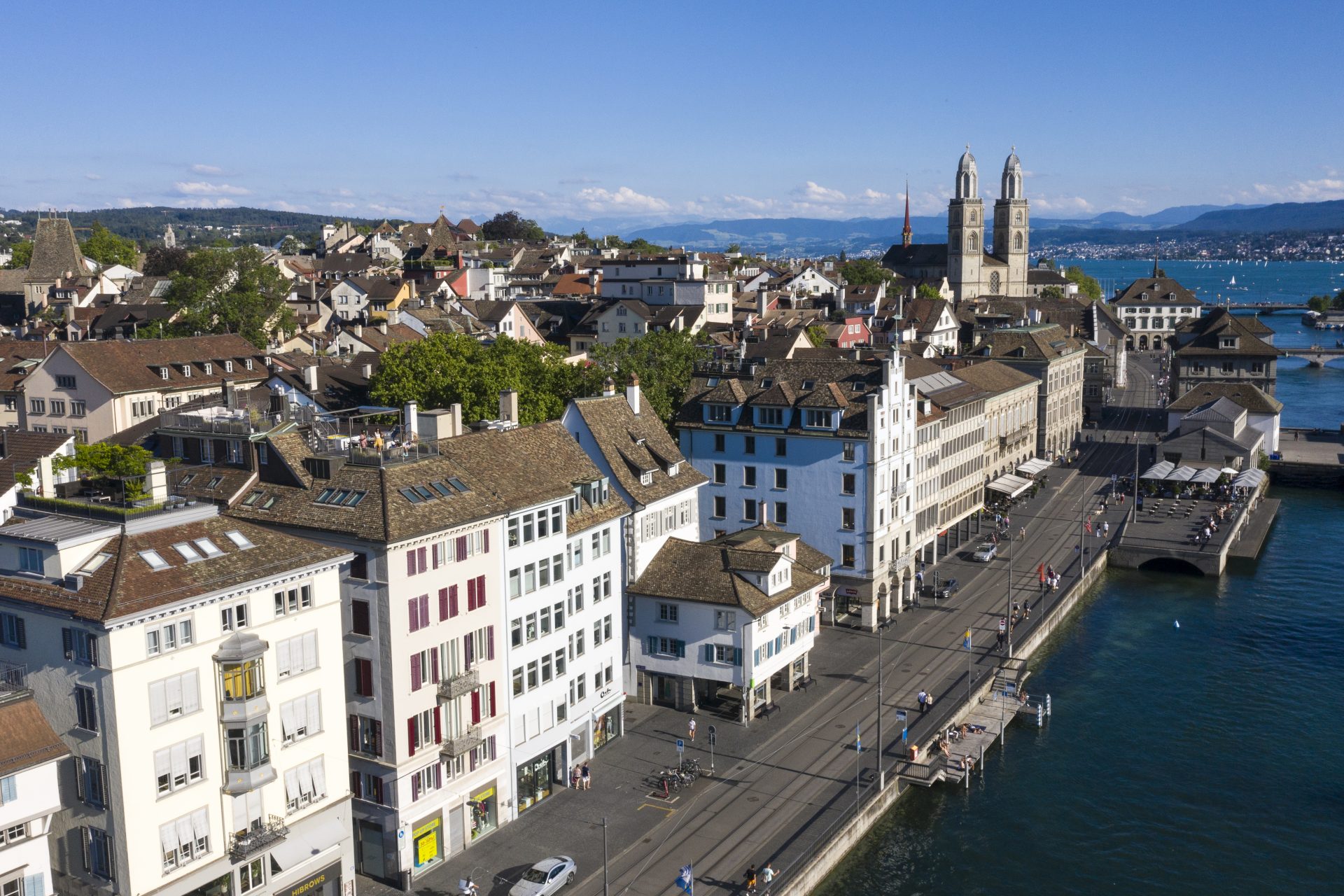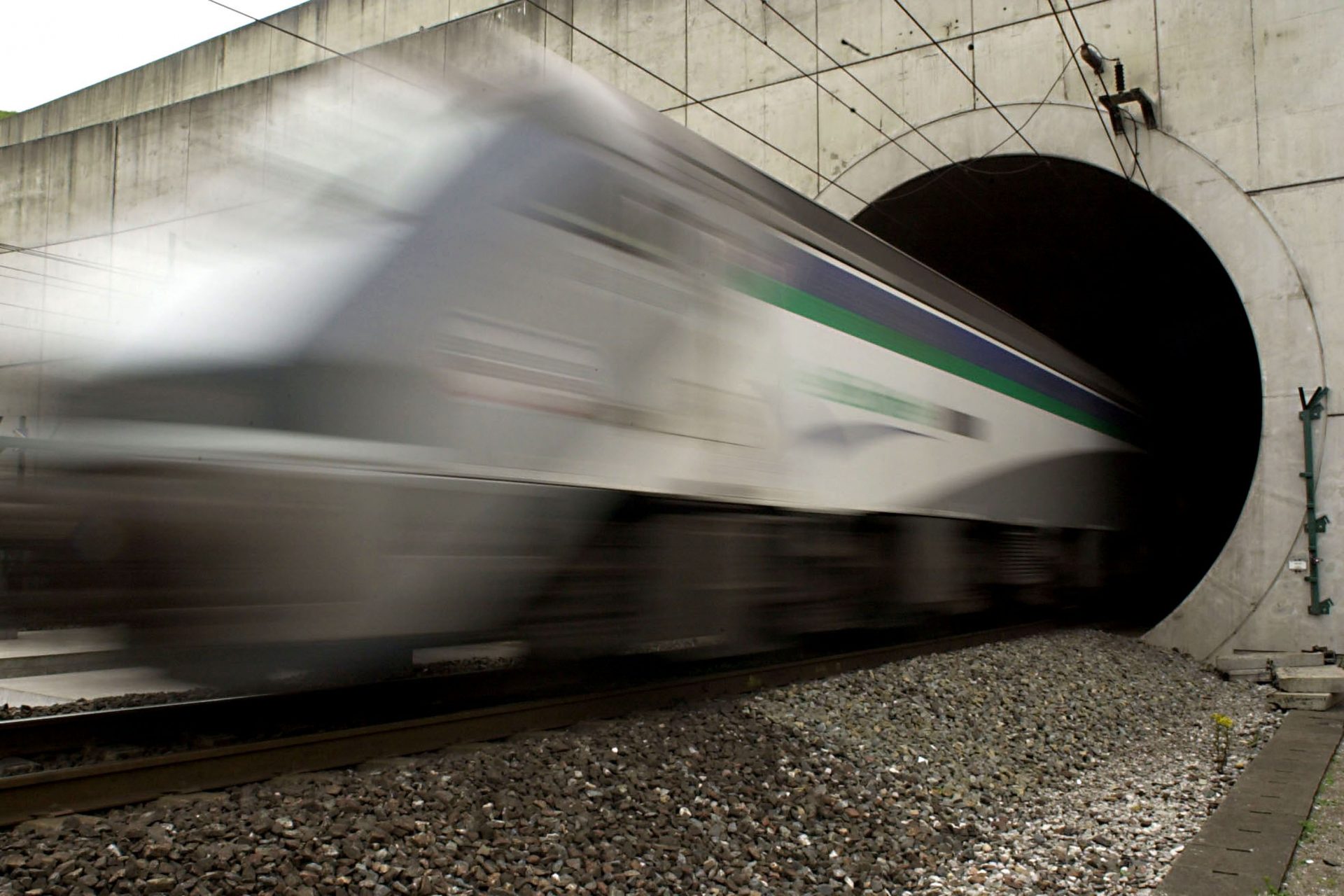Ancient pyramid discovered in a construction site in Mexico
The discovery occurred at the Pachuca-Huejutla highway extension project in the central Mexican state of Hidalgo. According to a statement released in December by Mexico's Ministry of Culture and the National Institute of Anthropology and History, road workers spotted what is now known as the San Miguel archeological site in early June 2024.
According to the researchers, these ruins were likely built by the lordship of Metztitlán, a pre-Columbian state contemporaneous with the Spanish conquest of Mexico, reports Popular Science. Located in the present-day state of Hidalgo, this lordship existed between the Epiclassic period (650-950) and the Late Postclassic period (1350-1519).
Named “Structure 1”, the pyramid is made up of five sectors containing at least ten mounds, according to Archaeology News magazine. Archaeologists' excavations have uncovered 155 artifacts, including shells, ceramics, lithic materials, and traces of lime floors, charcoal, and charred wood.
Photo: National Institute of Anthropology and History of Mexico
“This archaeological record provides valuable information on human inhabitation of the Sierra Alta region, especially in the Barranca de Metztitlán area, where historiography dates human settlements back 14,000 years”, explained an official report by the National Institute of Anthropology and History of Mexico.
Following this discovery, the National Institute of Anthropology and History carried out digital photogrammetry using a drone, to document the site with the greatest possible precision.
To preserve the site, a 43-meter-long wall was built to stabilize the structure before it was reburied. “Geotextiles were used to protect the exposed elements before burial”, Archaeology News reports.
Further excavations will be necessary to learn more about the civilization that lived in this region. "There are no known remains of pre-Hispanic civilizations in this area. Further studies are essential to discover the cultural context of this important discovery," said Héctor Labra Chávez, tourism director of the city of San Agustín Metzquititlán.
However, archaeologists could face financial difficulties. The National Institute of Anthropology and History has announced a drastic reduction in its budget, expecting a 45% funding cut by 2025. Future excavations in the area remain uncertain.
In this photo, Alejandra Frausto Guerrero, Secretary of Culture of Mexico between 2018 and 2024.
Experts remain optimistic, however, hoping that further research can occur in the future, so this place can reveal more cultural and historical treasures.
More for you
Top Stories



